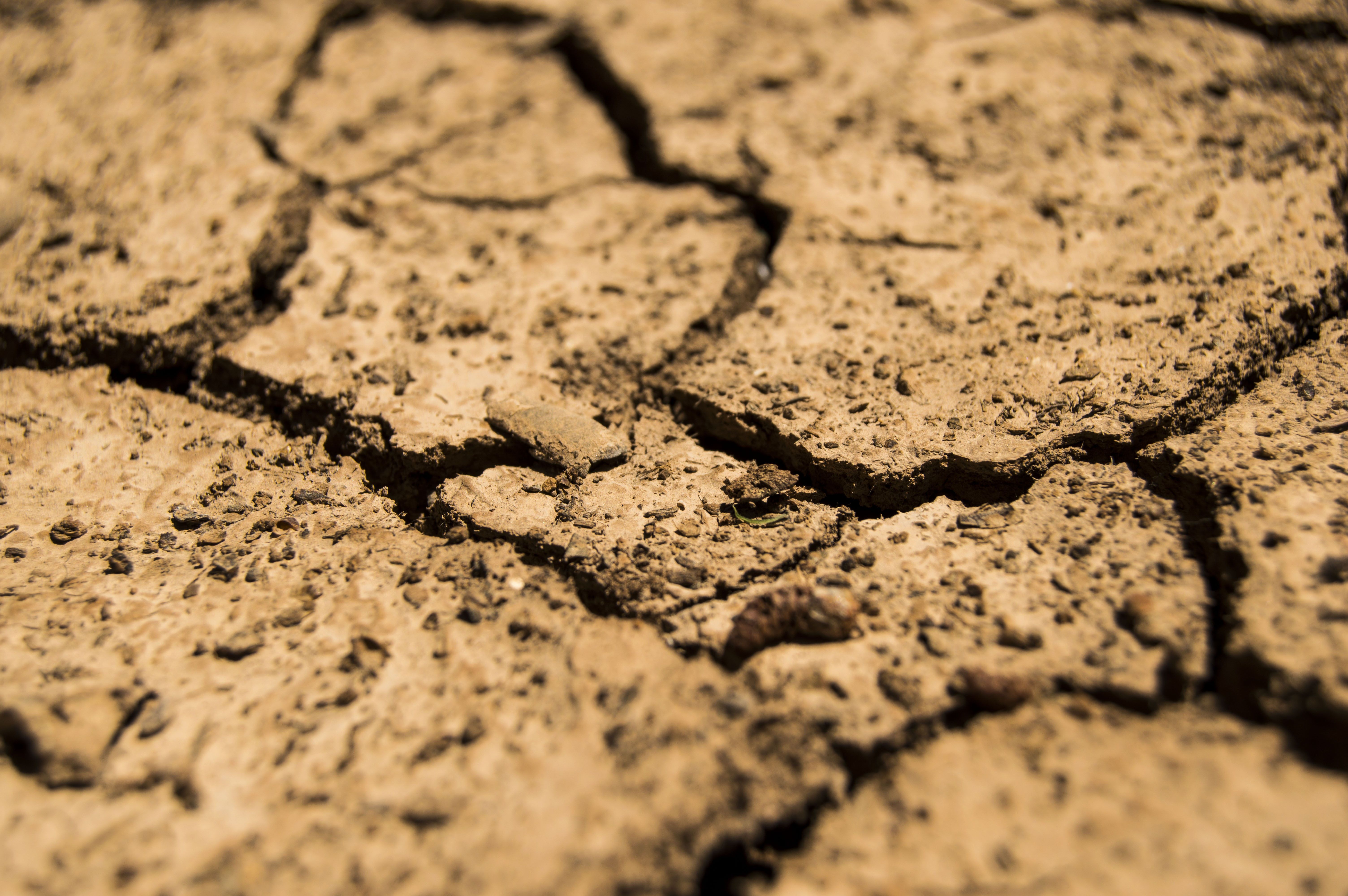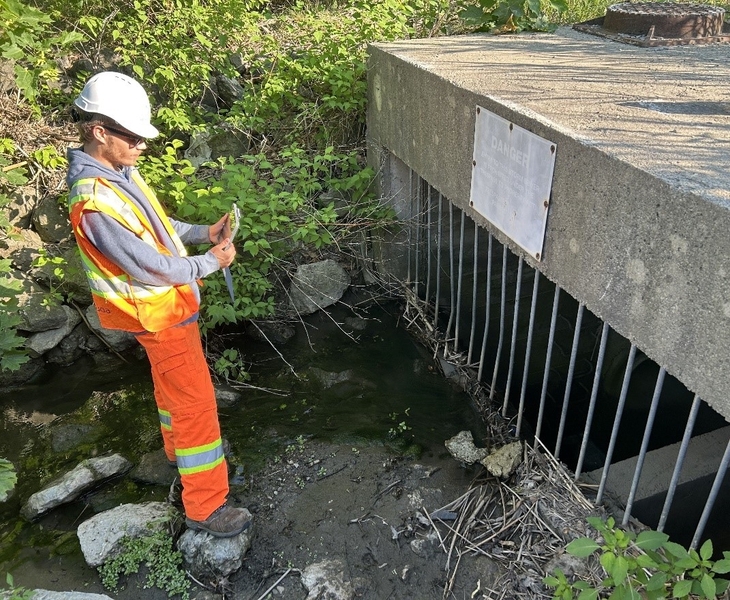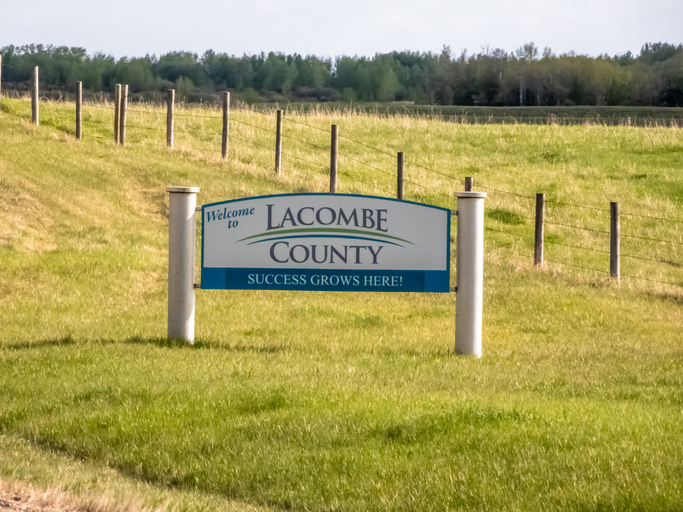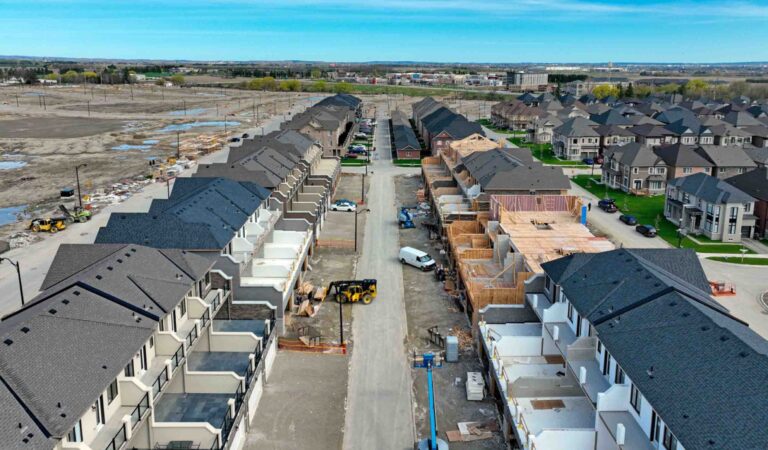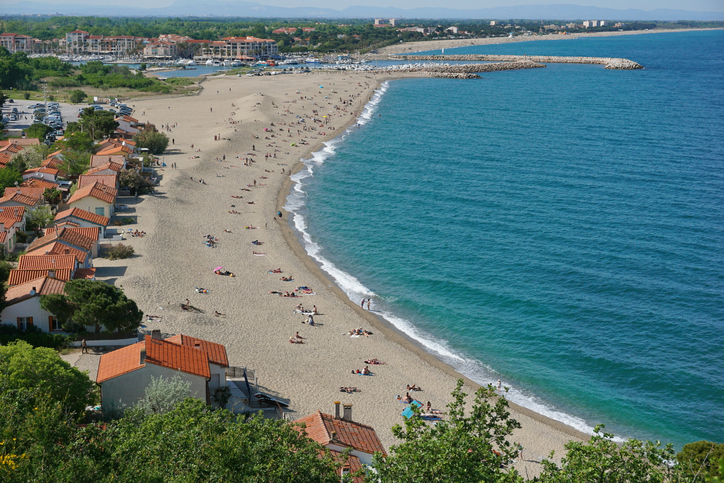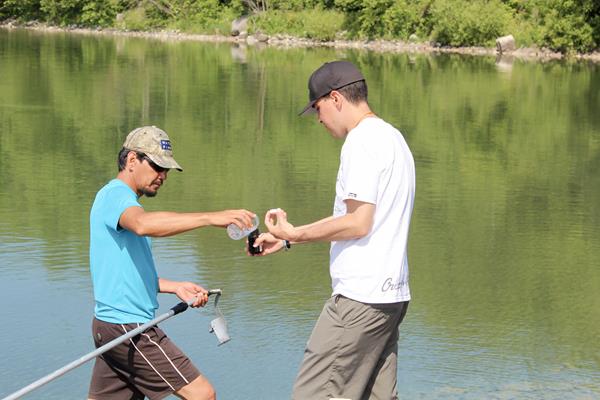On June 17th, World Day to Combat Desertification and Drought, José Graziano da Silva, director-general, Food and Agriculture Organization of the United Nations (FAO), stressed the need to use both simple solutions and hi-tech tools to prevent a drought from turning into famine.
Speaking at the opening of the 2nd International Seminar on Drought and Agriculture at FAO headquarters in Rome, da Silva said, “It is quite impossible to avoid a drought from happening, but we can avoid a drought turning into famine or displacement of people.”
He stressed that more than 80 per cent of all damage and loss caused by drought was absorbed by farmers and agricultural sector, noting that one of the main causes of increasing hunger in the last three years was El Niño provoking severe droughts on the East African coast.
“Every year the world loses 24 billion tons of soils, and dryland degradation reduces national domestic product in developing countries by 8 percent annually,” said United Nations Secretary-General Antonio Guterres said in a video message recorded for the World Day. “We must urgently change such trends. Protecting and restoring land – better use it – can reduce forced migration, improve food security and spur economic growth. It can also help us to address the global climate emergency.”
The FAO Director-General emphasized that in order to cope with droughts and to reverse desertification, in addition to geospatial technologies, farmers can also benefit from very simple solutions.
In this regard, he cited the 1 million cisterns project to storage rainfall as a good example. “This is very simple. You store the rainfall water under your house making it available for drinking and for animals all year round,” he said.
Also in the Sahel region, FAO and partners are supporting the African Union to establish the Great Green Wall- Africa’s flagship initiative to combat land degradation, desertification and drought, the FAO chief said. The plan is to surround the Sahara with a wide belt of vegetation, trees and bushes in order to green and protect the agricultural landscape, preventing the desert from advancing.
“This measure is helping us to stop desertification which is one of the main reasons of growing conflict between pastoralists and farmers,” said da Silva.
Desertification is an important consideration for Canada’s water future, as Andrew Slaughter, visiting professor, University of Saskatchewan, Global Water Futures program, wrote in 2018.
To address desertification and drought, FAO and the New Development Bank (NDB) have agreed to step up joint efforts to help countries achieve the Sustainable Development Goals, with a special focus on safeguarding water and soil resources as well as fighting against desertification.
The formal agreement was signed on June 17th at the start of the ceremony by FAO Director-General José Graziano da Silva and New Development Bank President Kundapur Vaman Kamath.
Graziano da Silva said that the MoU will facilitate greater collaboration in areas of mutual interest such as food and agriculture, agricultural and rural infrastructure and sustainable rural development, investment and SDG water sector monitoring, among others.
K.V. Kamath highlighted that “this MoU represents another important step in solidifying what has already proven to be an active and fruitful partnership between NDB and FAO.”
The NDB is a multilateral development bank, established by Brazil, Russia, India, China, and South Africa to mobilize resources for infrastructure and sustainable development projects.

